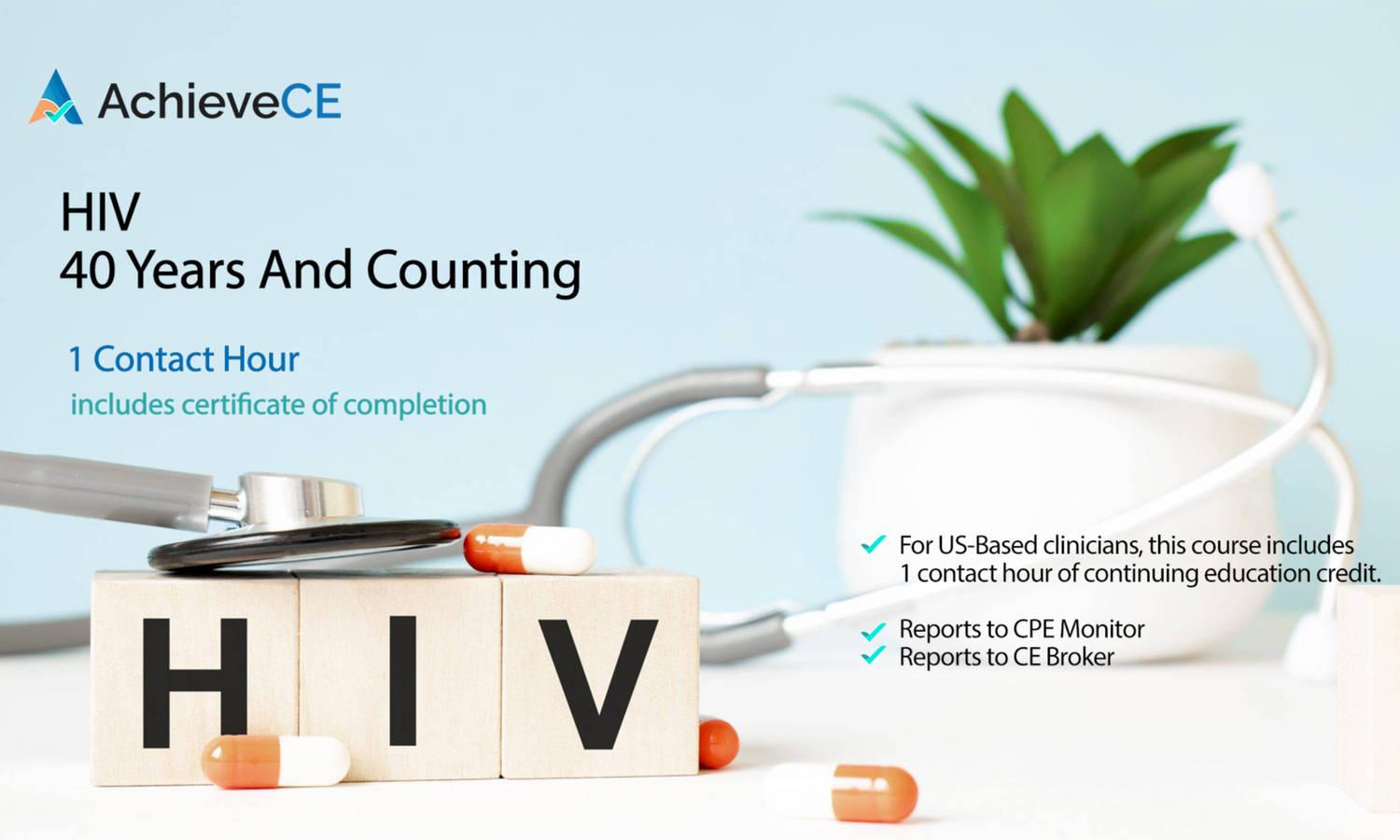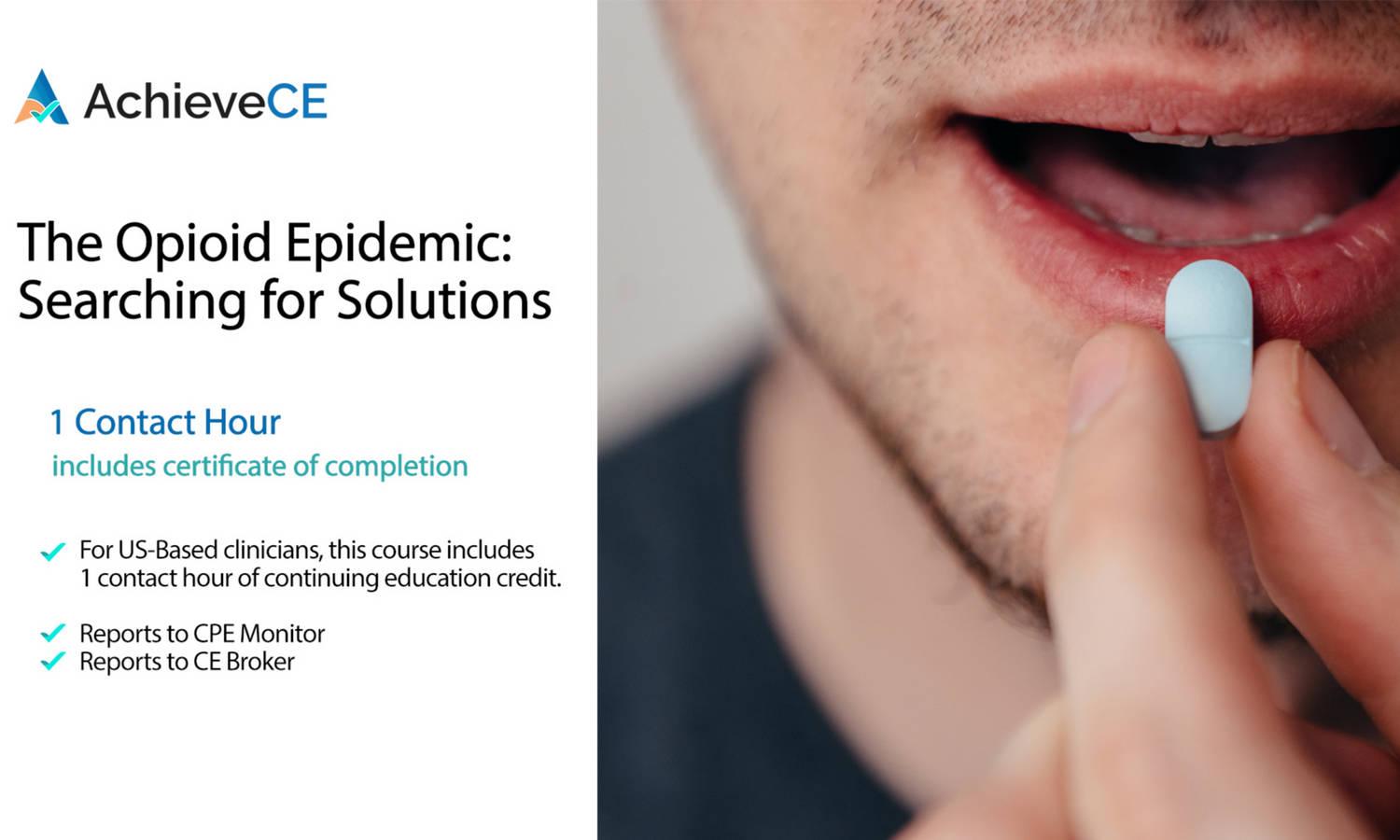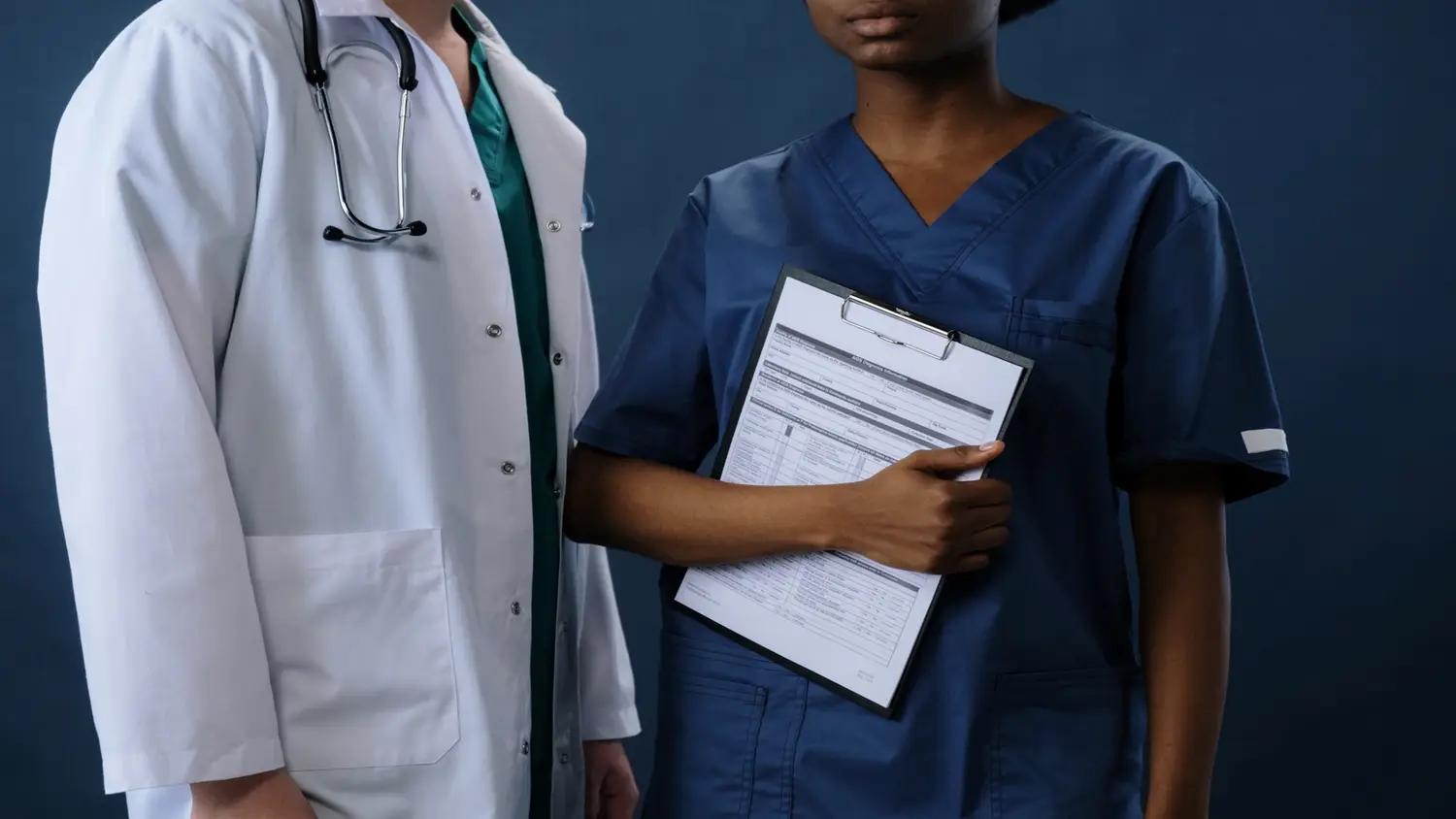
Infection Control in the Dental Office: A Review for a National Infection Control Exam (AGD 148)
Infection Control in the Dental Office: A Review for a National Infection Control Exam (AGD 148) is organized by The American Dental Assistants Association (ADAA).
Original Release Date: 2009
Review Date: 2020
Expiration Date: 2023
Accreditation:
CE Credits: 12
Course Description:
Human health and safety including infection control is essential to every dental practice. The well being of dental practitioners, patients and the surrounding community is very important. These areas are in constant flux. New products, equipment and processes seemingly appear on a daily basis. In addition, governmental agencies and professional associations regularly release new rules, regulations and recommendations.
Learning Objectives:
After completing this course, the dental professional should be able to:
• List and describe microorganisms present in the oral cavity and body fluids.
• Describe how disease can be transmitted within dental environments.
• Identify methods and materials that will best assure sterilization of reusable dental instruments and equipment.
• Identify methods and materials that will best protect or decontaminate clinical contact surfaces.
• Identify methods and materials that will best protect both staff and patients from disease transmission in dental environments.
• List and describe important elements of an effective dental practice health and safety program.
• Demonstrate an ability to locate and use correctly information concerning practice health and safety.
• Describe the importance of microbiology in relation to infection control.
• Describe the natural defenses of the human body against infection.
• Identify the three modes of infectious disease transmission in the dental office and give examples of each.
• List and identify the ways that pathogens may enter the body (portals of entry).
• Identify infectious diseases that are relevant to dentistry and give their modes of transmission.
• Describe the purpose of personal protective equipment (PPE) and the various types of PPE available.
• Explain how to determine when and what type of personal protective equipment to use.
• State the role of handwashing in infection control procedures and describe when handwashing should take place.
• Differentiate between routine handwashing and surgical hand hygiene.
• Explain an employer's responsibilities regarding the hepatitis B vaccination.
• Define the term "exposure incident".
• Describe first aid procedures after an exposure incident.
• Compare the use of barriers with the processes of cleaning and disinfection.
• Differentiate between a guidance agency and a regulatory agency.
• Name various guidance agencies and regulatory agencies that affect the field of dentistry and describe the role each plays in infection control procedures in the dental office.
• Identify the steps a dental office must follow in order to comply with OSHA's Hazard Communication Standard.
• Describe the purpose of the hazardous chemical list.
• Demonstrate the ability to read and use a Safety Data Sheet.
• Prepare the appropriate product label when using the Safety Data Sheet for a particular product.
• State the purpose of engineering controls and identify various engineering controls used in the dental office.
• State the purpose of work practice controls and identify various work practice controls used in the dental office.
• Explain the employer's responsibilities regarding contaminated waste.
• Define medical waste and give examples.
• Explain the purpose and scope of employee training regarding the Hazard Communication Standard and the Bloodborne Pathogens Standard.
• Differentiate between immersion, disinfection and environmental surface disinfection.
• Describe the purpose and use of barriers in the dental office.
• Describe the procedures to verify effective sterilization, as well as other methods used to monitor sterilization processes.
• Differentiate between critical, semi-critical and non-critical items in the dental office and give examples of each.
• Describe steps to minimize the risk for cross-contamination from dental unit water lines.
• Explain the procedures used for processing hand instruments; including holding, cleaning, packaging, sterilizing and storing.
• Describe infection control procedures for radiographic procedures.
• Describe infection control procedures for the dental laboratory.
• Describe to the dental patient the importance of infection control.










